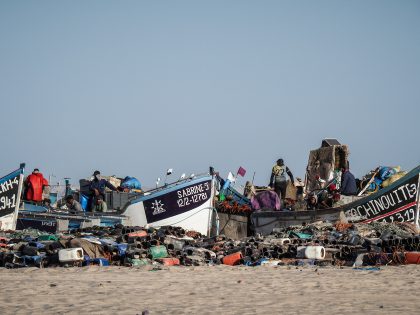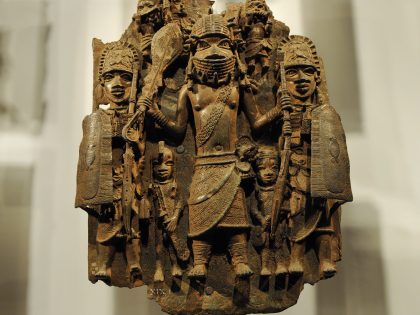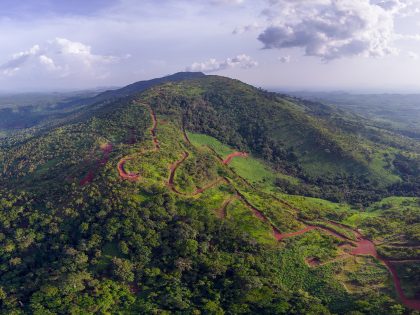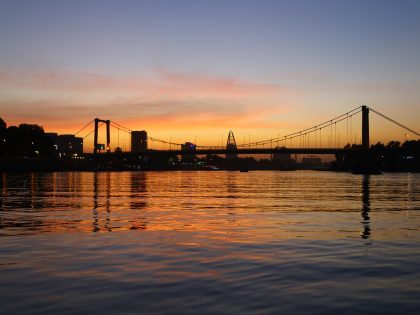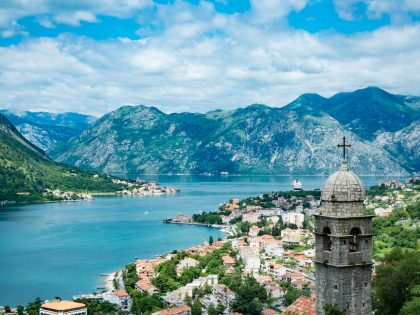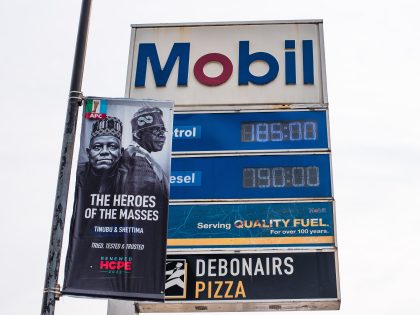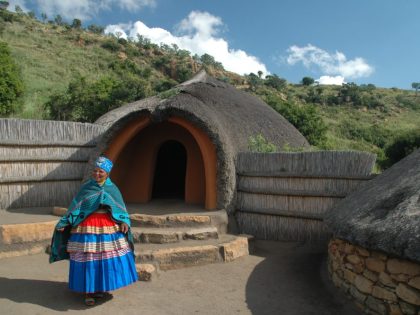Vice and Albinos in Tanzania
Vice.com's reductive and alarmist style of writing about the continent is not only outdated, but deplorable and contravenes responsible journalism.

Iringa, Tanzania. Image credit Brian Harries via Flickr CC.
Vice.com has become a bit too predictable with their cheap alarmist headlines, and overly simplistic narratives of “other” people. Recently Vice published “The Fight to Stop Tanzanians Killing and Eating Albino People” which they have now changed to a more palatable (depending on your taste buds): “The Fight to Stop Tanzanians Butchering Albino People.” Vice, you are not off the hook. Who knows what inspired the editorial change?
One may point to misleading and shoddy “reporting” on Vice’s end. “Dear world: Tanzanians do not eat Albinos.” This reductive and alarmist style of writing about the continent is not only outdated, but deplorable and contravenes responsible journalism. What baffles me most is how the article circulated in my Facebook feed without people questioning the heavy Joseph Conradesque tone it entailed (cannibalism in 2013, yes really this happened). And for the record, bamia is okra, kisamvu is cassava leaves, and mchicha is spinach not a peanut curry, where exactly was this Leke Sanusi eating? (Forget the fact that other national dishes are more popular than these arbitrary choices.)
Aside from the crude introduction, the rest of the interview was accurate. People with albinism, like people with disabilities all over the world, including Tanzania, face extreme hardship and discrimination. However, there are numerous organizations in Tanzania working with the albino community at large to address such issues. It is unfair and far from the truth to generalize and hold the acts of a few groups (Albino Killers) as a reflection of the whole nation. Tanzania is historically a very tolerant place, claiming that Albinos are a popular national dish is tantamount to saying mass shooting is a favorite pass time for Americans. Great strides have been made in recent years in Tanzania, including the election of an Albino Member of Parliament Salum Khalfani Barwani from an opposition party, and the appointment of Al-Shymaa Kway-Geer to the national assembly. I am not here to defend Tanzania or absolve it. I am here to refute amiss sensationalist stories.
Due to the same alarming reports of Albino killings in Tanzania that flooded US media outlets ala 20/20, ABC News, etc… as curator and Co-licensee of the inaugural 2010 TEDxDar conference in Tanzania, I worked hard to secure Babu Sikare – a talented Tanzanian Bongo Flava artist, actor and activist who happens to be an Albino – as a speaker to shed light on this national issue. Babu gave a poignant and self-reflective talk about the conditions of Albinos in Tanzania and his mission to change the ignorant mindset that persists. Babu mentioned the toting number figure of over “70 Albinos” killed. Such figures do nothing to help with the situation. He astutely pointed out that an average Albino in Tanzania lives to an age of between 30 to 35, and that the largest killer of Albinos in Tanzania (it’s safe to lump Africa here) is Cancer. The deficiency of melanin in people with albinism predisposes them to harmful effects of ultra-violet radiation exposure resulting in skin cancers. While stern action has to be taken in the face of Albino Killings,the plight of the Albino screams a need to adopt a holistic approach. Thank you to Mr. Mboya for pointing out that discrimination against people with albinism is not isolated to Tanzania, but it is a global issue (I won’t bring up the depiction of people with albinism in Hollywood: think The Da Vinci Code or 300).
What we are doing in Tanzania is collaborating between our vibrant civil society, advocacy groups, charitable entities, NGOs and the government to quell myths on albinism and remove the social stigma. Mchicha can’t be grown in a day! And the challenge is multifaceted.
To end this I’d like to introduce you to a two time Tanzanian Kili Award winning (as voted by cannibal Tanzanians) artist and one of my favorites, Keisha.
